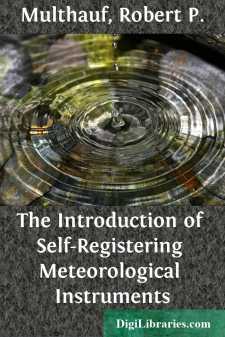Categories
- Antiques & Collectibles 13
- Architecture 36
- Art 48
- Bibles 22
- Biography & Autobiography 813
- Body, Mind & Spirit 142
- Business & Economics 28
- Children's Books 15
- Children's Fiction 12
- Computers 4
- Cooking 94
- Crafts & Hobbies 4
- Drama 346
- Education 46
- Family & Relationships 57
- Fiction 11828
- Games 19
- Gardening 17
- Health & Fitness 34
- History 1377
- House & Home 1
- Humor 147
- Juvenile Fiction 1873
- Juvenile Nonfiction 202
- Language Arts & Disciplines 88
- Law 16
- Literary Collections 686
- Literary Criticism 179
- Mathematics 13
- Medical 41
- Music 40
- Nature 179
- Non-Classifiable 1768
- Performing Arts 7
- Periodicals 1453
- Philosophy 64
- Photography 2
- Poetry 896
- Political Science 203
- Psychology 42
- Reference 154
- Religion 513
- Science 126
- Self-Help 84
- Social Science 81
- Sports & Recreation 34
- Study Aids 3
- Technology & Engineering 59
- Transportation 23
- Travel 463
- True Crime 29
Mine Pumping in Agricola's Time and Later
Description:
Excerpt
Coins are a source of information much used by historians. Elaborately detailed mining landscapes on 16th-century German coins in the National Museum, discovered by the curator of numismatics and brought to the author’s attention, led to this study of early mine-pumping devices.
The Author: Robert P. Multhauf is curator of Science and Technology, Museum of History and Technology, in the Smithsonian Institution’s United States National Museum.
The habit of heavy reliance on a single source for the substance of the history of Medieval and Renaissance mining techniques in Europe has led to a rather drastic over-simplification of that history, a condition which persists tenaciously in the recent accounts of Parsons, Wolf, and Bromehead.
Our preoccupation with Agricola, who has been well known to the English-language public since the Hoovers’ translation of 1912, seems to have inhibited the investigation of the development of the machines he describes so elegantly. More seriously, the opinion that mining techniques remained essentially the same for a century or two beyond his time appears to have hardened into a conviction.The history of the technology of mining, as distinguished from metallurgy, is largely a history of mechanization, and that mechanization has until the last century consisted principally in the development of what Agricola calls tractoriae—hauling machines. That hauling machines of some complexity, Archimedian screws and a kind of noria, were used by the Romans for dewatering mines has been known for some time. Evidence of the survival of this technology beyond the fall of Rome remains to be found, and it is generally agreed that mining activity declined through the first millenium. The revival and extension of mining in the central European areas of German settlement is thought to have occurred from the 10th century, with an intensive development of the region known to Agricola (Erzgebirge) in the 13th century.
This revival appears to have paralleled in general the political and cultural revival, but, as in any mining region, the exhaustion of easily workable surface deposits marked a critical point, when the necessity of deeper mining led to the construction of supported tunnels and the introduction of machinery for removing ores and water from deep mines. On the basis of revisions of capital structure and mining law which he regards as inspired by the financial necessities of deep mining, Bechtel dates this development from the mid-14th century. The mid-14th century situation is confused by the occurrence of the Black Death, which reduced mining activity drastically, and the events of which Bechtel speaks have been put as much as a century later. In any case, the development of deep-mining methods had clearly made considerable progress in nonferrous mines when the De re metallica was written, in 1556.
Figure 1.—Brunswick Silver 3½ Taler, Johann Friedrich, 1677. (U. S. National Museum, Paul A. Straub coll.; Smithsonian photo 43334-C.)
Mine-Pumping Machinery Illustrated By Brunswick Multiple Talers
These large silver coins weighing up to 15 ounces were first issued in 1574 in Brunswick by Duke Julius (1568-1589) of the Wolfenbuttel line. Their historical background is rather unusual and interesting....



